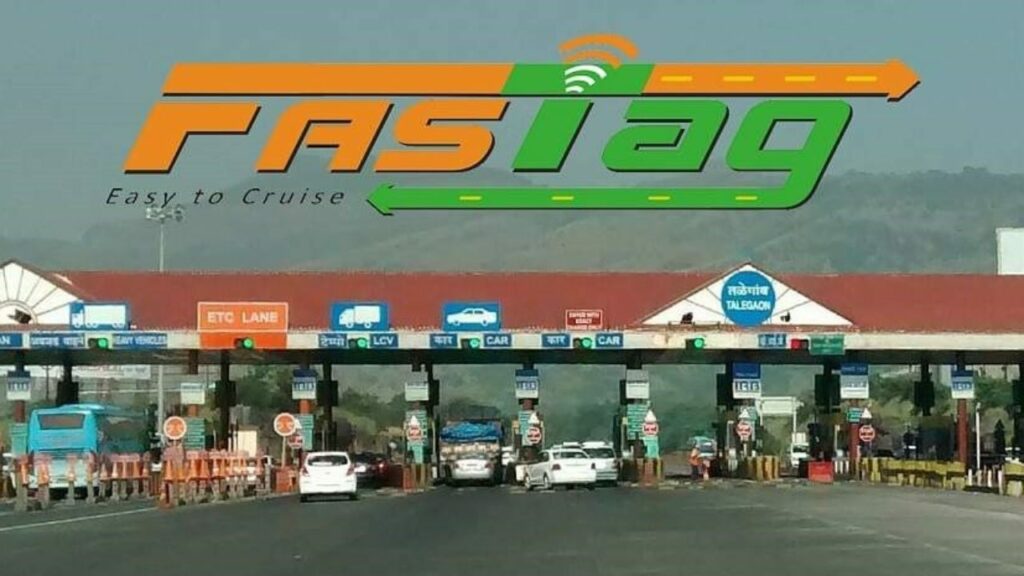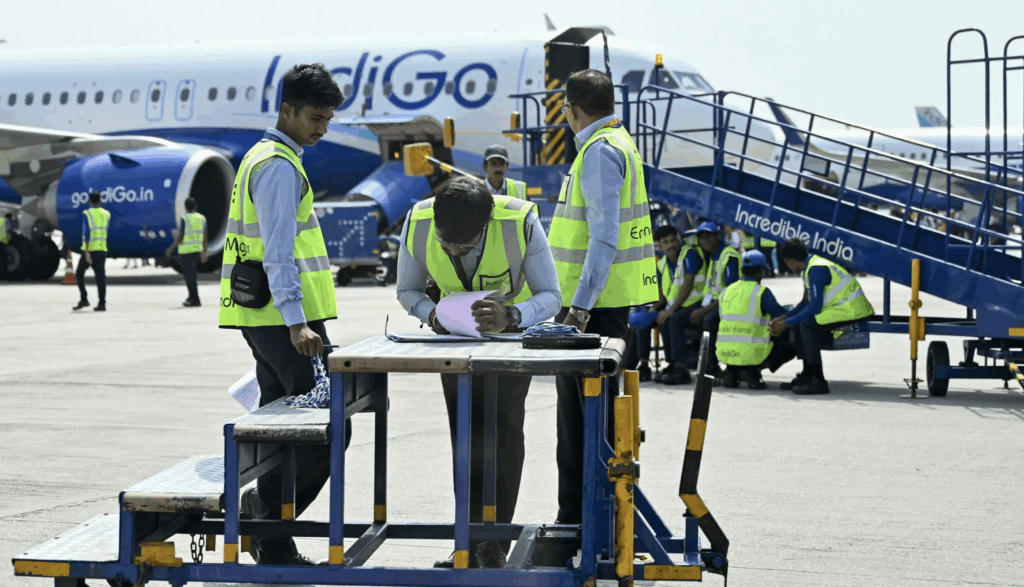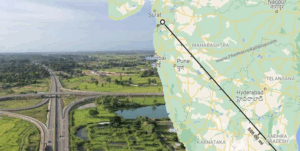The National Payments Corporation of India (NPCI) has implemented new rules for FASTag validation, making last-minute recharges less reliable—especially for blacklisted accounts. These changes could impact drivers at toll plazas, and understanding them is crucial to avoid penalties or delays.

Key Changes in FASTag Validation
As per the NPCI circular issued on January 28, 2025, the new rules, effective February 17, 2025, state:
- 60-minute rule: If a FASTag has been blacklisted or flagged as low balance for more than 60 minutes before scanning, the transaction will be declined.
- 10-minute rule: If a FASTag is flagged as blacklisted within 10 minutes after scanning, the toll fee may still be processed, but penalties may apply.
- Error Code 176: If a FASTag is not validated in time, the toll reader will show an error, and payment will be rejected.
How the New FASTag Rules Work
A vehicle in the FASTag system can be either whitelisted (active) or blacklisted (inactive) due to:
- Insufficient balance
- Pending KYC updates
- Mismatch between chassis and registration numbers
If a FASTag is blacklisted before reaching the toll plaza, it has a 70-minute window (60 minutes before and 10 minutes after scanning) to be recharged or fixed before being completely declined.
Impact on Consumers
- Avoid double toll charges: Users who recharge within 10 minutes after scanning can avoid a 2x penalty fee and get a refund.
- Stricter payment processing: Last-minute recharges might not work if a tag has been blacklisted for more than 60 minutes before scanning.
- Better system integrity: The new rules aim to reduce fraud and improve toll transaction reliability.
Experts believe that these changes will create a smoother toll experience by ensuring that only active and valid FASTags are used for transactions. However, unaware consumers who frequently recharge at the last moment may face unexpected payment failures.
To avoid toll disruptions, users should regularly maintain FASTag balances and update KYC details in advance.













